Disrupting Custom Development – Microsoft Power Platform
Chelsea Sauder • August 14, 2019
The Microsoft Power Platform removes barriers which historically could only be negotiated by deep pockets and custom development.
Businesses often find themselves stuck repeating the same processes of shuffling documents between employees, updating data manually across multiple siloed systems, and sending the same weekly reports without giving thought to how technology can help streamline or outright eliminate the manual intervention required in these processes. In the recent past, these issues were only solved by the titans of industry, who had pockets deep enough to incur the cost of custom software development and maintenance. But now, with the advent of the Microsoft Power Platform, businesses of all sizes can improve upon these processes without the high costs of custom software development that requires external intervention to maintain.
By utilizing the Microsoft Power Platform, we can:
- Transform manual processes into business applications to drive efficiency across your organization
- Automate business workflows such as emails, notifications, and approvals across multiple data sources
- Build visual dashboards to turn business insights into actions
In this article, we will focus on one facet of the Microsoft Power Platform, Microsoft PowerApps, which allows for businesses of all sizes to create visually appealing business apps quickly and efficiently.
Microsoft PowerApps is a web-based platform that provides a visual way to build applications without the need to write custom code to function. With PowerApps you can bring your data together into a common scalable data service that your Apps can be built upon, and with the addition of PowerApps Portals (currently in preview), a business can now give external users secure access into your data as well. The apps that are built with PowerApps can be accessed via the web or from mobile devices, and since the apps are accessed through the PowerApps mobile application, you don’t have to worry about them breaking when a new version of Android or iOS is released (say goodbye to expensive perpetual maintenance!)
A common starting point with PowerApps is existing paper processes within your organization that can be automated. A few common examples are new hire onboarding, inventory management, HR processes such as leave of absence requests, and business development tracking. All these processes typically require data to be captured in the same way every time and require the input of multiple people. With PowerApps, you can quickly develop common forms to capture and display this data in the appropriate context of the user without the need to send emails back and forth, or shuffle papers across the office. The time savings alone usually allow for a positive ROI, allowing your employees to stay more focused and not get bogged down with menial paper shuffling. PowerApps allows for your business to harness the power of digital solutions without the massive costs of custom app development and maintenance.
Check back soon for the rest of this series as we shift our focus to Flow and PowerBI.
Interested in seeing where your company can utilize the Microsoft Power Platform to increase efficiency and eliminate waste? Contact us here
and let’s talk!
Share this post with others:
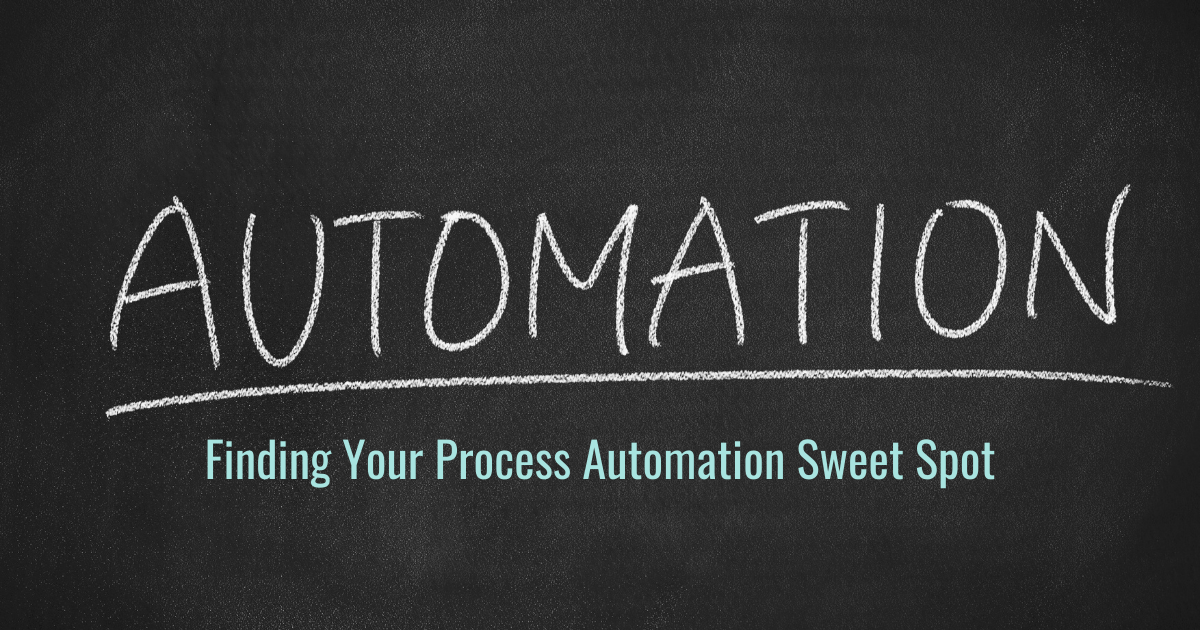
When it comes to automating processes around your business, it can simultaneously seem like everything can be automated, and absolutely nothing can be automated. As with many other things, the real answer is somewhere in the middle but can be a bit challenging to put your finger on. These projects usually start when someone at the strategic level of the organization has decreed that “we are going to automate!” and either they personally go on the hunt for what to automate or they hand it off to someone on their team to go do the leg work and come back with “automation” (maybe in a nice box with a bow on it). Sound familiar?
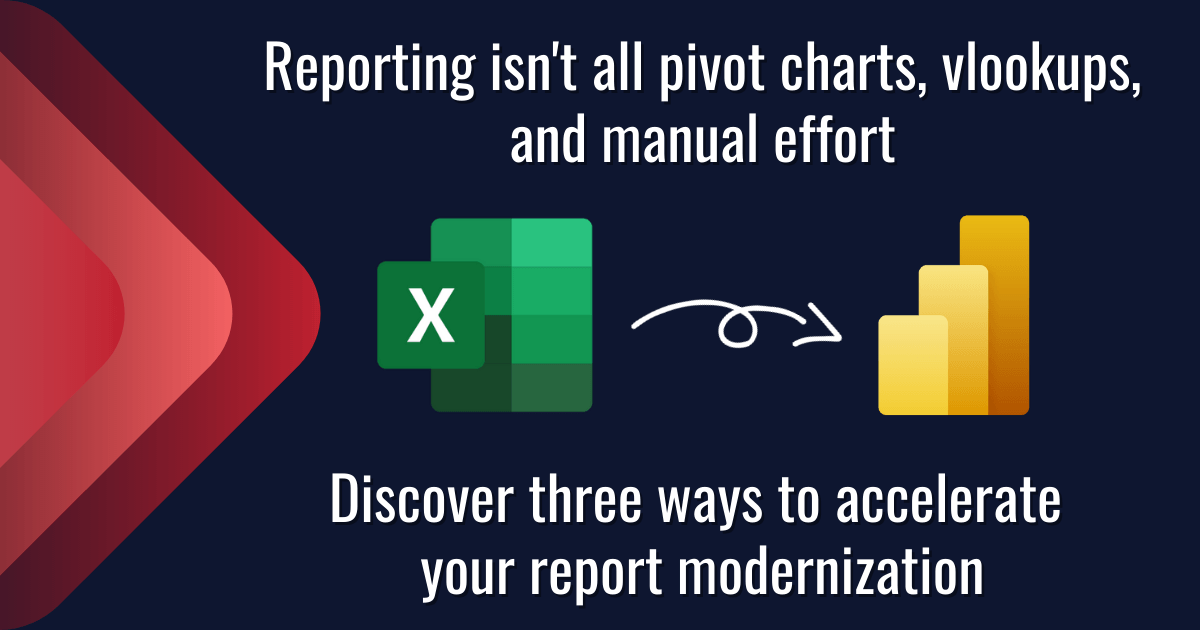
Data is everywhere. You’ve got a lot to focus on and it can be hard to stay on top of what’s going on with your business. Report creation in Excel is often time-consuming and can quickly become a nightmare. Modernizing your reports and streamlining your process with PowerBI to get more reliable and consistent reporting across all of your systems can be a game changer for your business. Read on to learn about three key acceleration tactics that our team uses on every implementation that we facilitate.
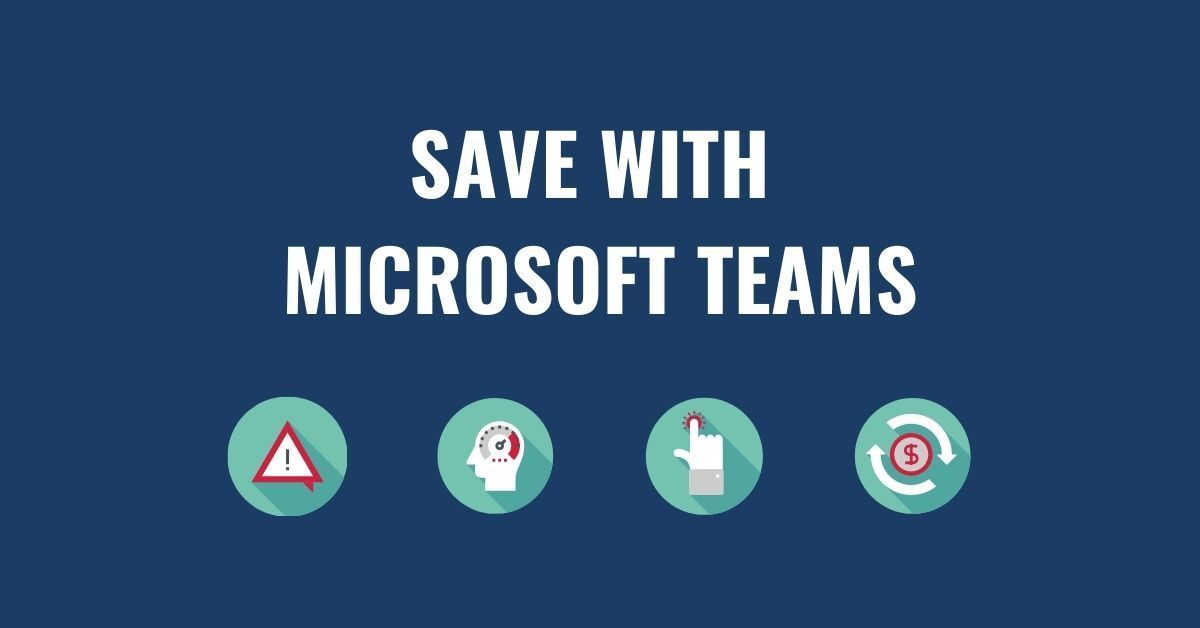
83% of knowledge workers require technology to work together. Microsoft Teams is a cloud-based collaboration and communication tool that lets workers share the right information to the right people all through one integrated platform. According to a Forrester report, The Total Economic Impact of Microsoft Teams, there are a variety of ways using Teams saves organizations time and money. Read and download the infographic to share here .
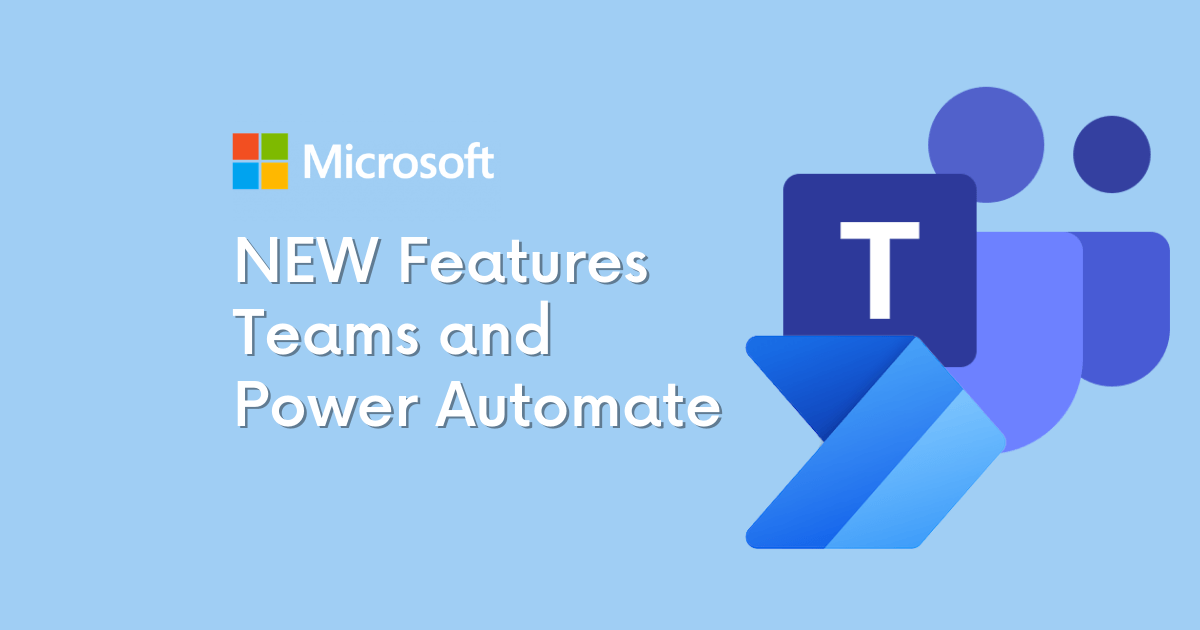
How to Get Started with the Power Automate app for Teams You can get started with Power Automate app in just 3 quick steps: Click on the … in the left-hand corner of your teams browser Search for “Power Automate” Click on the Power Automate app icon and pin it to your left-hand Teams navigation panel
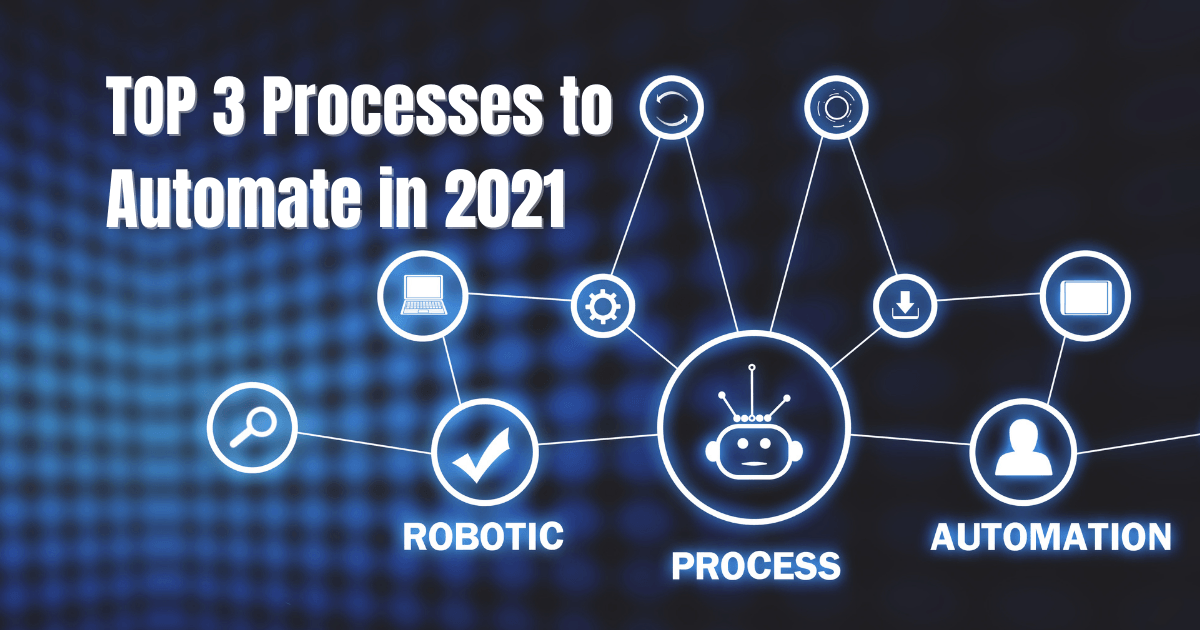
As mentioned, there are several options available for automating your business. One of our favorite low-code/no-code options is the Microsoft Power Platform. As a suite of 4 different tools, the Power Platform can automate routine tasks, customer support, data visualization, and more. A few highlights on the effectiveness of the Power Platform are:
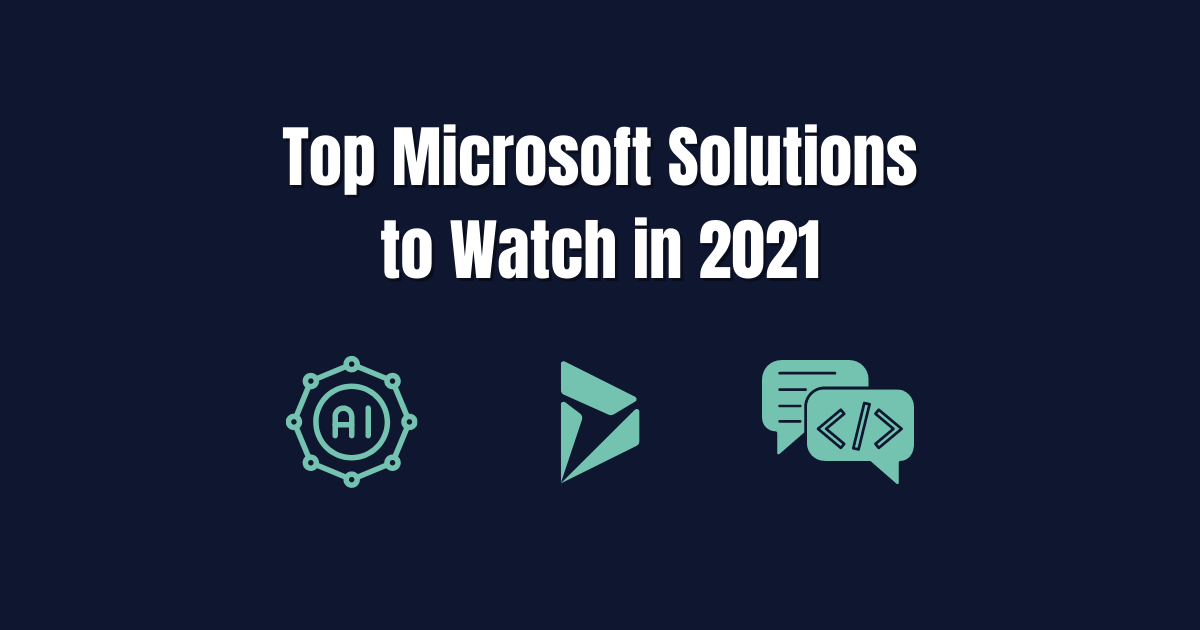
It is no secret that 2020 and the coronavirus pandemic altered the reality of doing business. These changes are showing little signs of letting up and a lot of the adjustments made to respond to a remote workforce may very well become a permanent feature in daily business operations. As business decision makers (BDMs) and IT decision makers (ITDMs) head into a new year it is important to keep an eye out for technology solutions that can further support these operational changes while increasing efficiency. This post briefly highlights the top 3 digital solutions we have our eyes on for 2021 and our Microsoft-based clients.
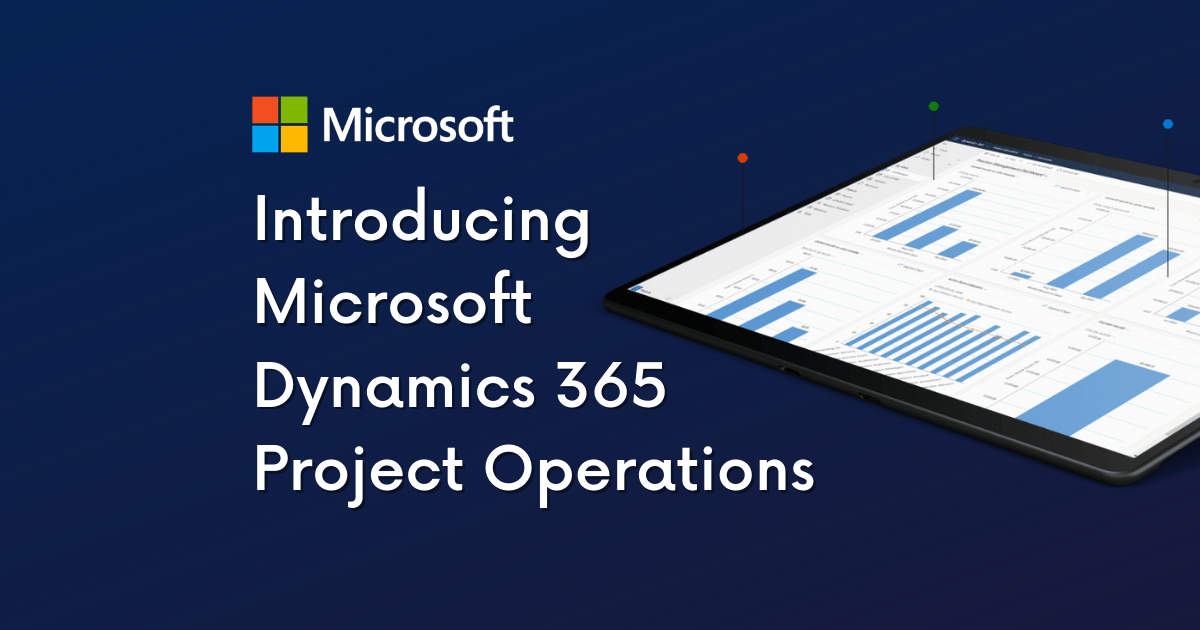
In our latest video series, Patrick Boren, Principal Consultant at TexasPGB, introduces the newest addition to the Microsoft Project family, Microsoft Project Operations. In this video Patrick discusses: What challenges Project Operations aims to solve What is Project Operations and common use cases for the tool Who uses Project Operations Upcoming "Day in the Life" Sessions Watch the video or read the condensed transcript below.
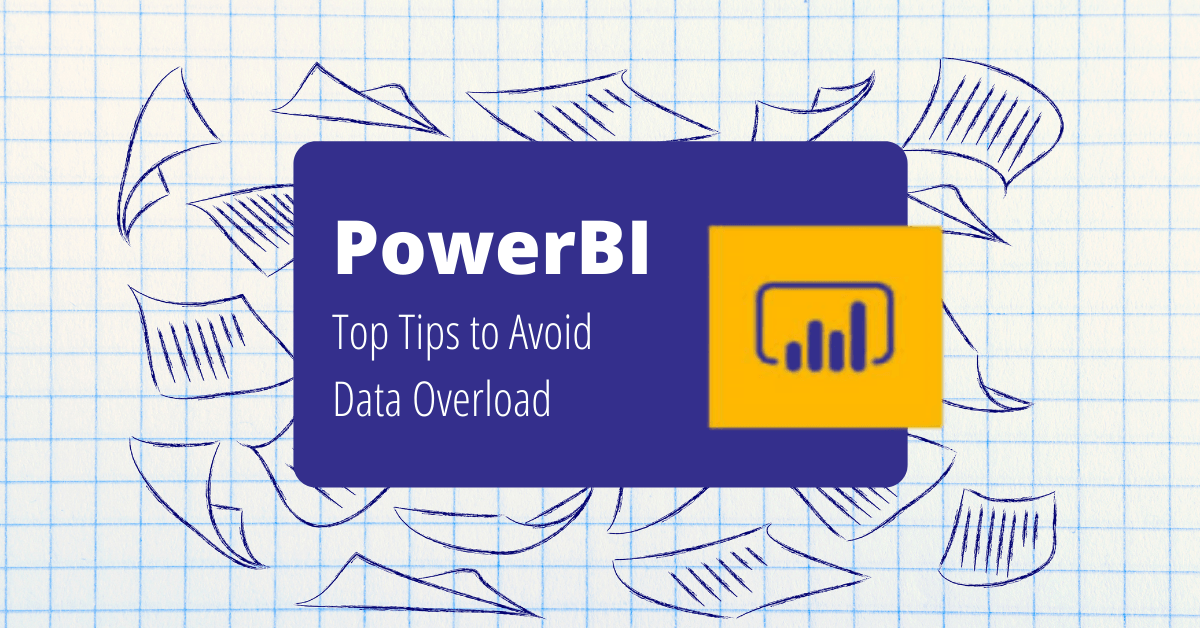
Having a wealth of data at your fingertips is great, but what happens when your data is so vast that it takes you years to make a key discovery? A friend of mine told me a story recently about an experience he had. His first company conducted a VP meeting every quarter – everyone scrambling to put together their presentations and make their case based on the data from Excel spreadsheets. Departments and information tended to be segmented into silos. While much of the data could be shared across the company, rarely was it compiled in a way to show how one area of the business could affect another.
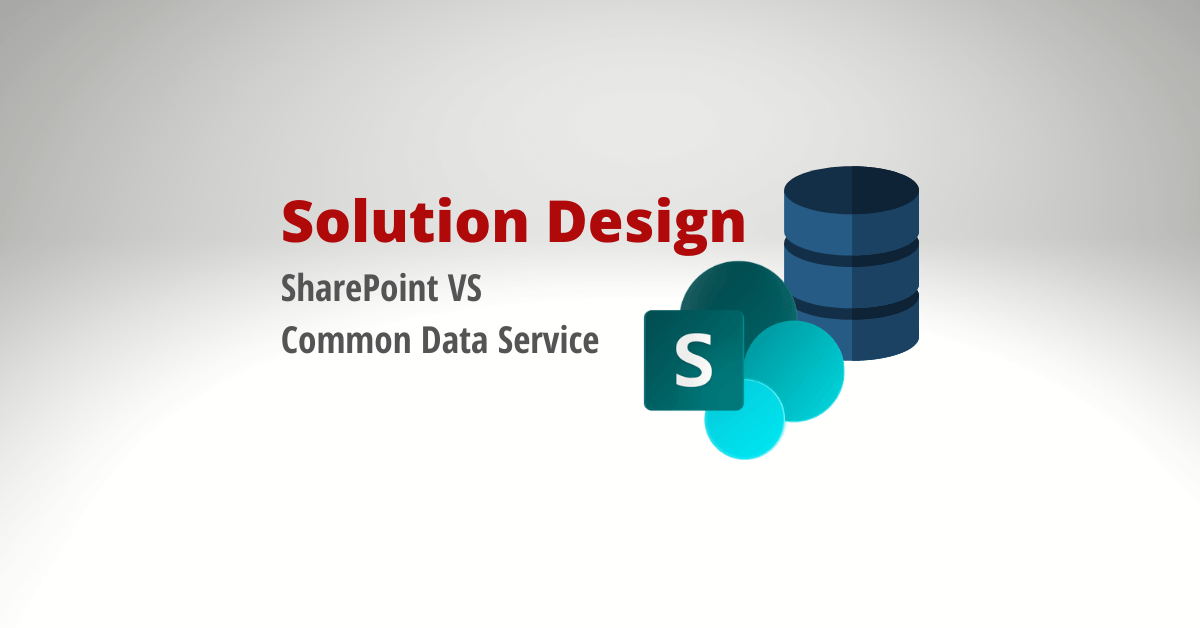
If you are looking to migrate your data to Microsoft 365 there are two common methods to funnel your data - SharePoint or Common Data Service (CDS). SharePoint solutions take advantage of lists and libraries. Data is housed, originated, and manipulated entirely within the SharePoint platform. CDS solutions use both standard and custom entities to collect and house data that is then integrated across the Microsoft 365 platform. Below we will review a few ways each method is different and what you should look for before making a final decision for your data migration plan.
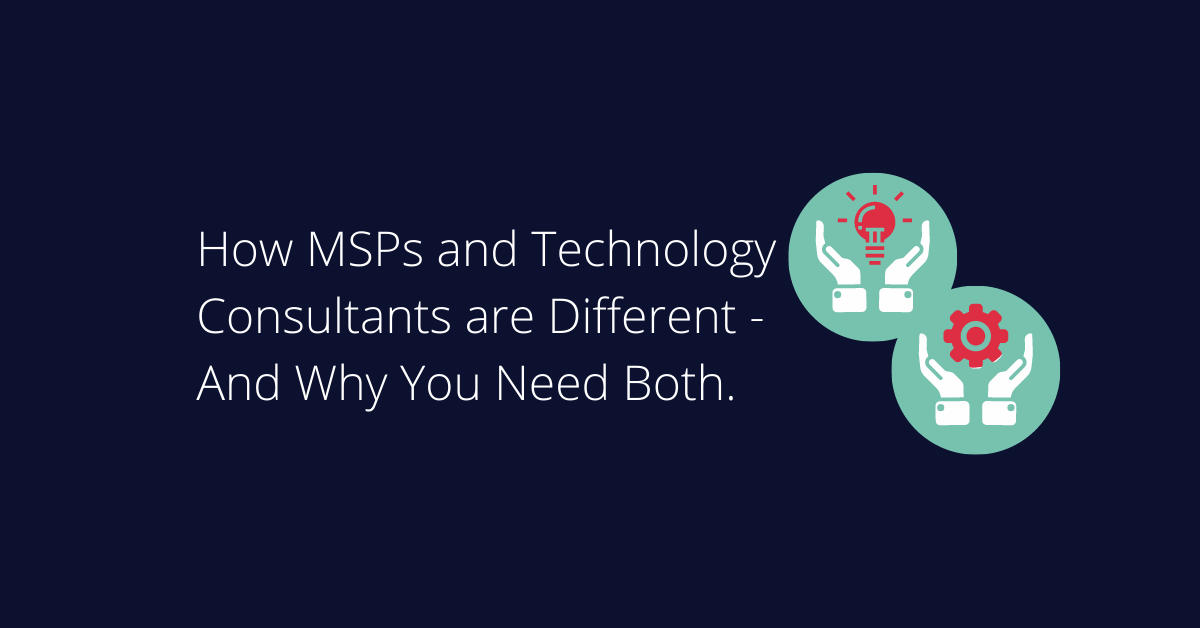
When it comes to technology, do you have a one-size-fits-all vendor? In today’s world of cost cutting, we see more and more organizations that end up missing out on huge technology opportunities by assuming a single vendor can and will do it all. As a technology consulting firm, we’re frequently asked “aren’t you the same as my managed service provider (MSP)?” Fortunately, for those that ask, we’re able to shed light on how a Technology Consulting Firm varies from an MSP.

